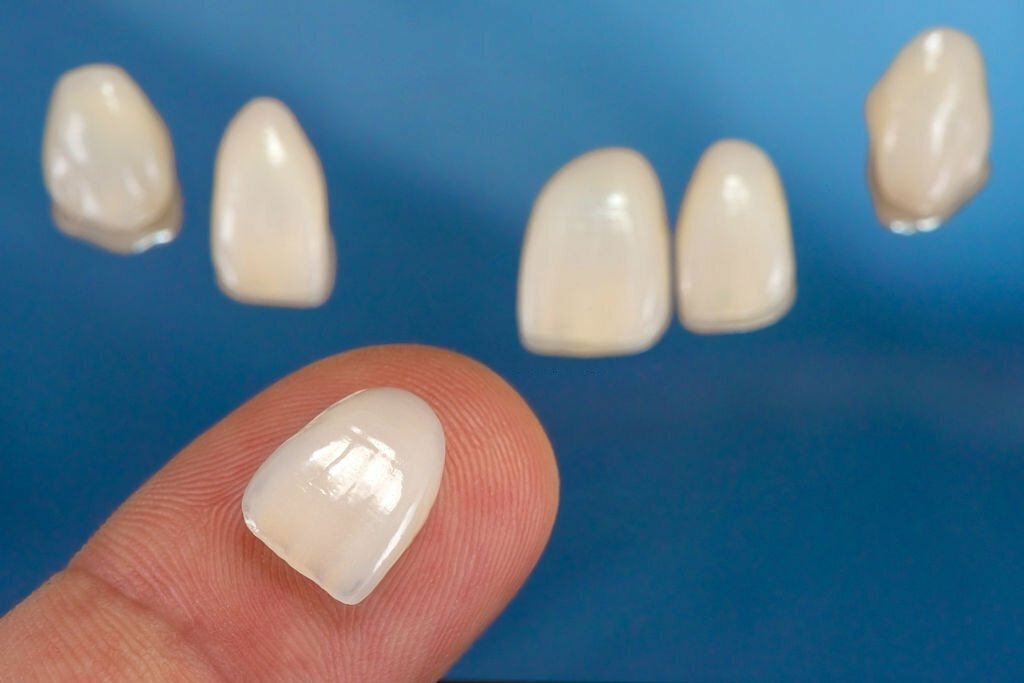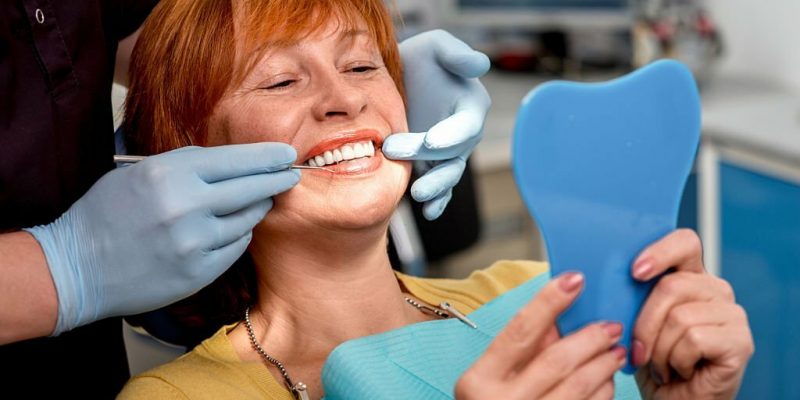Are you among the lucky 10% of adults who have never had a cavity?
If not, you’re probably familiar with dental restorative services filling your teeth. Dental restorative procedures look like a seemingly simple method to fix a cavity with a feeling.
Sadly, it’s not! In this blog, we take a closer look at:
- What is restorative dentistry?
- Different restorative procedures.
- Risks, recovery, and outlook of the process.
The following sections explore different restorative procedures to give you a complete insight into the procedure. Let’s get started!
Introduction:
Restorative dentistry is a great, effective methodology to restore your oral health. It is designed to give individuals a second chance at a healthy and effortless smile.
The procedure aims to give back a natural, dazzling smile while preventing future health concerns. It restores damaged teeth to normal function and replaces missing teeth with artificial dental restoratives.
Interestingly, however, that’s not all. Continue reading as we closely examine different aspects of the procedure in the following sections of the blog.
What Is Restorative Dentistry: The Procedure In Detail
Simply put, restorative dentistry involves procedures that help restore teeth to their original condition (or as close as possible). Upon visiting your dentist, you’ll come across three levels of restorative dental procedures, namely:
- Diagnostic and preventative dental care
- Basic restorative dental care
- Major restorative dental care
Several criteria determine the extent of restorative dentistry, the most important of which is the degree of tooth decay. For instance, a basic restorative dental procedure like filling a cavity. On the contrary, your dentist will suggest a root canal treatment if the root of your tooth is in danger.
Let’s learn more about these individual restorative dentistry methods and some procedures.
Types Of Restorative Dentistry Procedures Based On Your Oral Health
Preventative and Diagnostic Dental Care
As the name suggests, diagnostic or preventive dental care is when dentists focus solely on preventative dental care. This treatment aims to detect dental issues early before you need restorative dental care.
Here are a few examples of preventive and diagnostic restorative dental procedures:
- Fillings: Dental fillings are the most common type of restorative dentistry. This option is generally preferred to replace decayed portions of your teeth, which cause cavities. When done correctly and with suitable filling materials, fillings can last several years, giving you the look and feel of natural teeth.
- Veneers: Veneers are thin, semi-transparent porcelain shells bonded to your teeth. These oral appliances hide chipped, broken, discolored, or misshapen teeth.

- Scaling: Scaling is, without a doubt, the most frequent dental restorative procedure, involving extensive cleaning through plaque and tartar removal from the teeth and gum lines. It is an effective method when plaque or infections ruin your gum lines.
Basic Restorative Dental Services
Basic restorative dental services include crowns, bridges, inlays, and outlays designed to cover one or a few missing teeth. This restorative dental procedure is generally considered a second-stage option when your oral health starts deteriorating and cannot be restored using preventive care methods.
Here are a few examples of basic restorative dental services:
- Crowns: Crowns are caps that look like a natural tooth. They are placed over a decaying, damaged, or broken tooth to restore your oral cavity’s size, shape, and bite force.
- Bridges: A bridge is your go-to restorative option if you have a few missing teeth. In this process, an artificial tooth replaces the missing one, while crowns on the neighboring teeth keep the bridge in place. This reduces the gap in your teeth, restores bite force and aids in the overall health of your mouth.
- Inlays & Outlays: Restorative dental techniques, such as inlays and outlays, restore the original condition of the teeth by using inlay fillings to fill gaps or by bonding outlays on damaged teeth. This restorative method allows for the restoration of all visible faults in an oral setup.
Major Restorative Dental Services
Next, we have major restorative service dental procedures. This is the last option if you promptly fail to care for your cavities or other oral appliances.
Here are a few examples of major restorative dental services:
- Root Canals: Your dentist may suggest a root canal when a tooth gets too deteriorated for an oral filling. Removing the root canal removes decay from the base of your impacted tooth, alleviating unpleasant toothaches and restoring your dental health.

- Dental Implants: Dental implants are natural-looking teeth used to replace missing teeth. Dentists typically use dental implants to replace misaligned teeth when the roots are diseased, and they usually place them after a root canal treatment.
- Dentures: Portable appliances called dentures allow for removal while eating. People use these major restorative replacement teeth as a substitute for natural teeth and gums when they become completely diseased or sensitive and are no longer strong enough to eat.
Advantages & Risks Associated With Dental Restorative Procedures
Individuals of every age can access various benefits when opting for dental restorative procedures. These benefits revolve around:
- Improve chewing function.
- Eliminate dental pain.
- Improve the appearance of your smile.
- Restore oral health.
- Reduce the risk of dental issues in the future.
Like its perks, some risks are associated with major dental care procedures. The most common risks associated with the treatment are general discomfort or sensitivity following the dentistry procedure.
Patients may also get an infection under very rare conditions. You are advised to reach out to your dentist during such instances.
What’s The Recovery Time For A Restorative Procedure?
Based on the procedure, there are different recovery times for restorative procedures. Moreover, it also depends on a few factors, including the severity of the procedure and the current condition of your oral cavity.
Therefore, follow restorative maintenance procedures and complete restoration while you’re at it. All the best!
Takeaway
- Over 90% of adults have faced oral cavities at least once in their lifetime.
- Several criteria determine the extent of restorative dentistry, the most important of which is the degree of tooth decay.
- Restorative procedures can be divided into three categories based on the severity of your oral condition.
- Major dental care procedures have associated risks alongside their perks.

